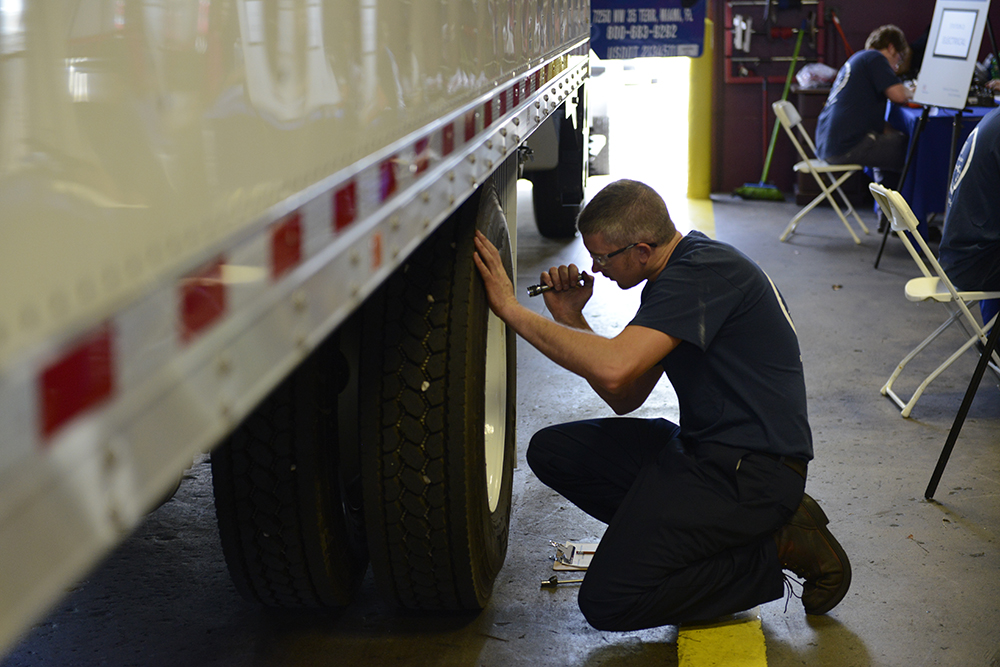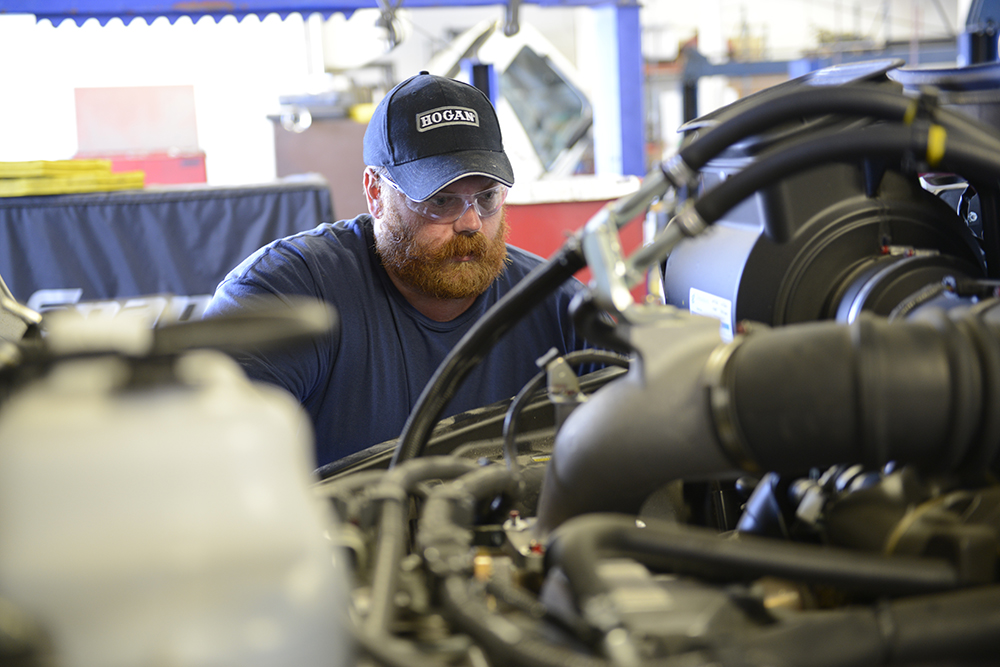Ensuring the “health” of the assets in your fleet is the best way to keep your vehicles moving…on the road and at the job site.
These are trying times for everyone, both personally and professionally, specifically when it comes to health. Companies need to ensure the health of their business (business continuity) while still maintaining productivity and profitability. For organizations that rely on transportation as part of their business, that means ensuring the “health” of the assets in their fleet; keeping those vehicles road-ready while also complying with the many regulations that the industry constantly faces. At NexTraq, we understand how important it is to keep vehicles maintained while striving for maximum productivity.
Although there are a number of things fleets can do to maintain “health,” three things are absolutely necessary:
Maintenance – For every vehicle in a fleet, keeping track of that asset’s health is vital and that means staying on top of maintenance, one of the most significant costs associated with running a fleet. However, this significant cost does not come close to the cost associated with missed deadlines due to unexpected breakdowns. That cost translates to lost revenue and unsatisfied customers.
Additional concerns for fleets are the increasing costs for emergency maintenance and mobile repair services, coming at a time when budgets may be tighter than usual. Reducing the frequency of breakdowns can mitigate costs; a well-planned fleet maintenance program can reduce roadside service calls, emergency maintenance, and the frequency of overhauls.
The way to address these concerns is by scheduling preventative maintenance. This can lower overall maintenance costs and can help avoid unexpected repairs…repairs that could actually take a vehicle out of service. COVID has thrown a monkey wrench into normal procedures; with many people working remotely, keeping control of maintenance needs can be difficult. One way to mitigate problems is to have tools that help create predictive scheduling of maintenance services; tools that provide service reminders, alerts based on diagnostic (DTC) codes, vehicle maintenance schedules, and more.
Vehicle Inspection – When drivers do their daily walk-around before getting on the road, they do so to ensure the vehicle’s and their own safety. Rather than have those inspections submitted to managers as paper documents, fleet managers should implement digital tools. Eliminating paper from the inspection process results in greater accuracy and are less burden on drivers. Our tools provide digitized inspection checklists and forms, allowing drivers to submit inspection reports from wherever they are. When inspections are easier for drivers, that can mean improved uptime for fleets.
For many fleets, tightening budgets have interfered with plans to replace vehicles in the fleet. This has forced fleets to keep aging trucks on the road. Improved vehicle inspections can keep these trucks from becoming maintenance and safety challenges.
ELD Compliance – The Federal Motor Carrier Safety Administration (FMCSA) ELD mandate is in full effect, meaning fleets must also be in full compliance. The mandate is intended to create a safer work environment for drivers as well as make it easier and faster to track, manage, and share records of duty status. Since driver buy-in is essential, fleet managers should look for a solution that is both affordable and easy to understand and work with.
But as in most regulations, these keep changing and modifying, so it is essential that drivers be made aware of those changes, including the recent hours of service (HOS) change and changes resulting from COVID-19 protocols.
If you keep on top of these three key fleet practices, you can help maintain the health and safety of your vehicles, your drivers, and your business.
See how NationaLease can help with your transportation needs.




